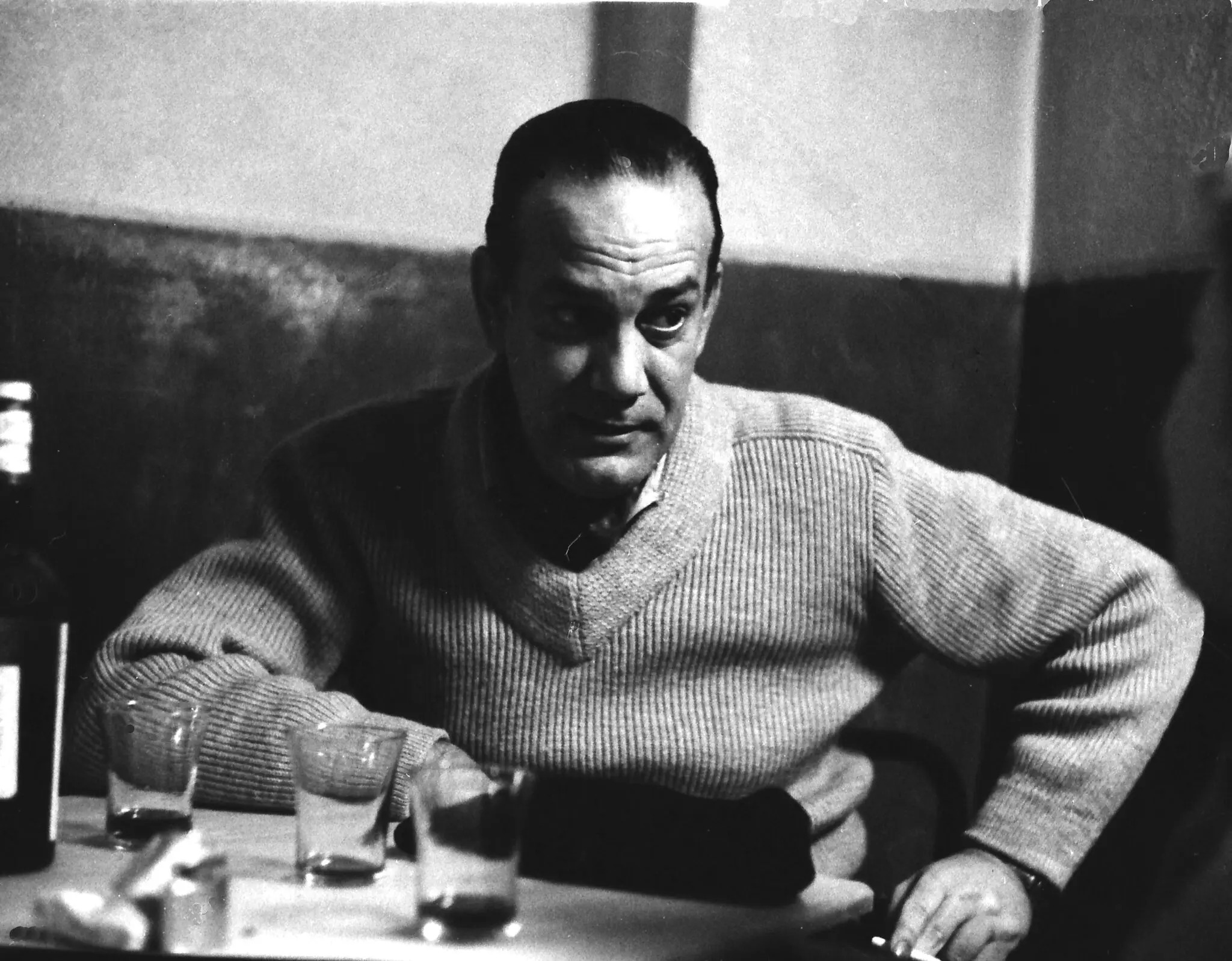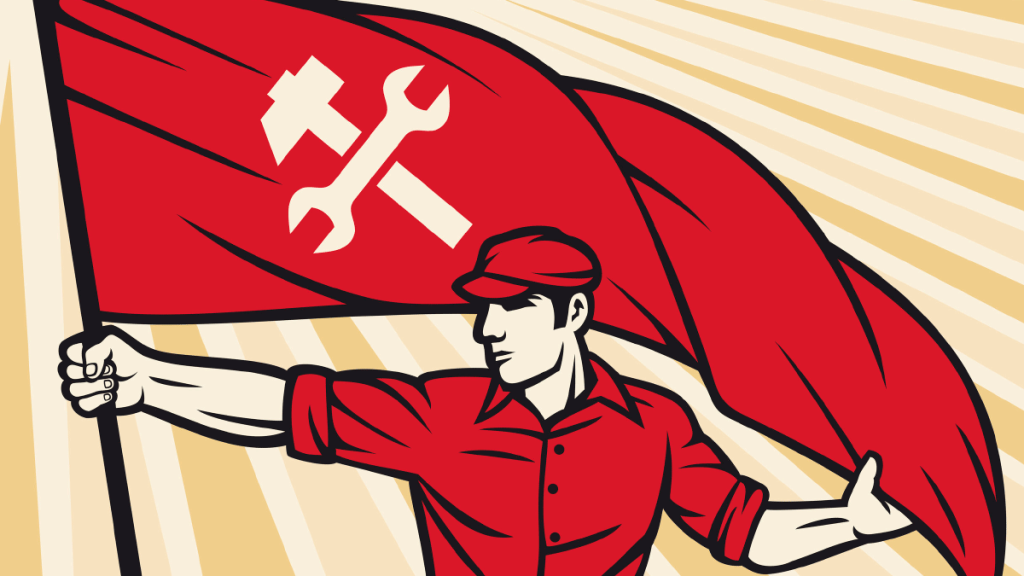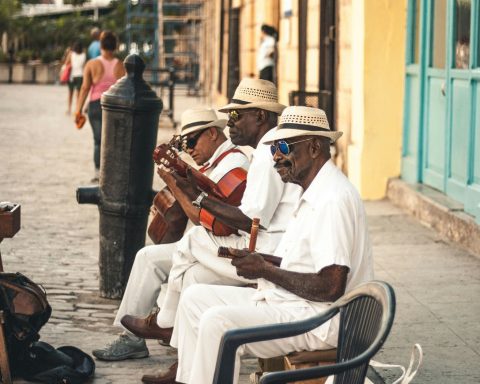|
Getting your Trinity Audio player ready...
|
Some 300 characters — bartenders, deadbeats, dreamers — animate Madrid in “The Hive,” by the Nobel laureate Camilo José Cela.
Adrian Nathan West – There is a kind of unscrupulous writer well suited to tell a certain kind of story. Were Céline a man of greater probity, we’d know less about the Vichy government in exile. Curzio Malaparte’s bloodcurdling anecdotes about the Nazi war criminal Hans Frank came from sharing a dinner table with him, not to mention Malaparte’s own dalliances with Fascism.
Something similar holds for Camilo José Cela, the Spanish novelist and winner of the 1989 Nobel Prize in Literature. Cela, author of THE HIVE (New York Review Books, 296 pp., paperback, $17.95), was born into relative comfort but found himself abject after the Spanish Civil War, in which he had fought briefly with the Nationalists but was soon injured and declared unfit (the Spanish term, inútil total, is more evocative, sounding to contemporary ears like “complete moron”). He rubbed elbows with prominent fascists, worked in the censors’ office and got rich composing a novel on commission for the Venezuelan dictator Marco Pérez Jiménez while dozens of less compromising Spanish writers and intellectuals scraped by in exile. Toward the end of his life, he became a darling of the Spanish right, serving, like Dalí, as presumptive confirmation that reactionary politics and great art could coincide.
Rare is the contemporary Spanish writer who will cite Cela as an influence. This can be chalked up in part to his politics — he never spoke ill of Franco, but frequently lambasted the Spanish left — and in part to his flamboyant public persona, which blended pedantry, crudity and chauvinism in ways that haven’t aged especially well. His aesthetics, too, seem old hat: The influence that modernists like Dos Passos, Joyce, Faulkner and Robbe-Grillet exercised not only on Cela but on contemporaries like Juan Benet and Rafael Sánchez Ferlosio appears to have run its course, at least for now. Straight prose is back in fashion, or vituperative monologues in the Thomas Bernhard style, or, for the youngest generation, the Sebaldian photo-and-fragment contraptions now ubiquitous in the United States and Britain.
Cela made his name in 1942 with “The Family of Pascual Duarte,” a novel of great coarseness and violence that, in its evocation of the squalor of rural Spain, addresses the class conflicts that lay at the root of the Spanish Civil War while hardly touching on the war itself. Its style was called tremendismo — stronger medicine than realism or naturalism — and its collection of lurid episodes, perhaps none worse than the protagonist’s deformed brother dying in a vat of oil, is more reminiscent of pulp fiction than high literature. What redeems it are Cela’s descriptive force, his sympathy for the poor and backward, and his exacting, if sometimes showy, employment of the Spanish language.
Though “Pascual Duarte” tells things mostly straight, even there one finds evidence of Cela’s eagerness to escape the strictures of the novel, which in Spain remained stuck with 19th-century conventions. The meat of the book, Pascual’s first-person narrative, is couched between two notes from his amanuensis and a testament from the manuscript’s supposed possessor instructing his heirs to assign it to the flames. None of this was especially innovative, but it hinted at a formal restlessness that would lead Cela to break radically with popular expectations about continuity and narrative coherence in “The Hive,” published in Argentina in a redacted version in 1951 and newly translated by James Womack this year. (A nominally Mexican edition, actually printed in Barcelona, began circulating in 1955, but Spain’s censors didn’t authorize publication until 1963.)
The titular hive is the city of Madrid in a five- or six-day period in a not quite accurately constructed 1942. It teems with some 300 characters, few of them major — scholars disagree on the exact count — who represent the capital in all its facets. There is the foppish dreamer who swindled a bootblack’s life savings; the ex-anarchist barkeep who hides his copy of Nietzsche’s “Daybreak” under the counter when the police come in for their anisette; the church ladies who send off 10 pesetas to christen heathen children in China with the names of Spanish saints. Add to this every sort of scrounger, loser and ne’er-do-well, and lots of punters and prostitutes.
In place of plot, there are unresolved predicaments, most prominently that of the deadbeat versifier Martín Marco, a onetime member of a leftist student union and current freelancer for fascist news outlets, writing on such topics as “the continued spiritual influence of Isabel la Católica.” Martín gets kicked out of a cafe, window-shops for books, sleeps with a prostitute (more for warmth than for sex) and visits his mother’s gravesite. Unbeknown to him, the police have issued a public summons for him to appear at the station. While his presumed guilt or innocence is the talk of his acquaintances, he strolls about blissfully ignorant, having saved the relevant section of the newspaper to read at his leisure over coffee.
Elsewhere, in a complex intrigue worthy of the term esperpento, a coinage of Cela’s fellow Galician Ramón del Valle-Inclán that is roughly translatable as “grotesquerie,” a young woman’s boyfriend tries to blackmail her whore-mongering father, who has caught his daughter post-tryst in a house of assignation. Another key episode is an old woman’s murder, which casts suspicion on a multitude of characters while never arriving at any resolution. None of these stories, in fact, is meant to be resolved, and none is more than a pretext for Cela to pursue what really interests him: the scurrilous anecdote, the thumbnail sketch, the fancy lexeme dug out from some obscure source — diffuse forms of rakish ingenuity.
When the bits work, they dazzle, mingling schadenfreude and pathos in a way that simultaneously charms and repels:
“A couple of dustmen come up to the group of people round the dying dog, grab it by the back legs and throw it in the cart. The animal lets out a deep and hopeless howl of pain as it flies through the air. The group looks at the dustmen for a moment or so and then starts to break up. Everyone goes his own way. There may be, among the crowd, a pale boy who enjoys — with a sinister, almost imperceptible smile — seeing the dog try so hard not to die.”
“The Hive” is a novel as still life, its characters frozen in postures of penury. The Nationalists’ victory in the Spanish Civil War led to two decades of economic immobility, only slightly alleviated by an influx of American aid after 1951. Its people of leisure are dotty and trifling, and everyone else lives in misery. For most, a good day is when someone spots you a cigarette or lends you a place to lay your head.
How radical it was to write about all this under Franco remains open to debate. Some have depicted Cela as a man hounded by censorship, but determined to tell the truth; certainly this is the image Cela put forward for himself. Others see in him an expert toer of the line, provocative insofar as he could get away with it. No less uncertain is the degree to which he pushed the novel forward, as opposed to simply shirking its demands. His son said in a 2016 interview that he would have been a better novelist had he been a slightly worse writer, because “there is a point at which the style devours the work.” And yet, “The Hive” remains an inevitable monument in Spanish literature, an updated “Disasters of War” whose vignettes revolve around the endurance of the Spanish character through the ravages of poverty and despotism.
Adrian Nathan West is the author of the novel “My Father’s Diet” and a translator from German, Spanish and Catalan.













